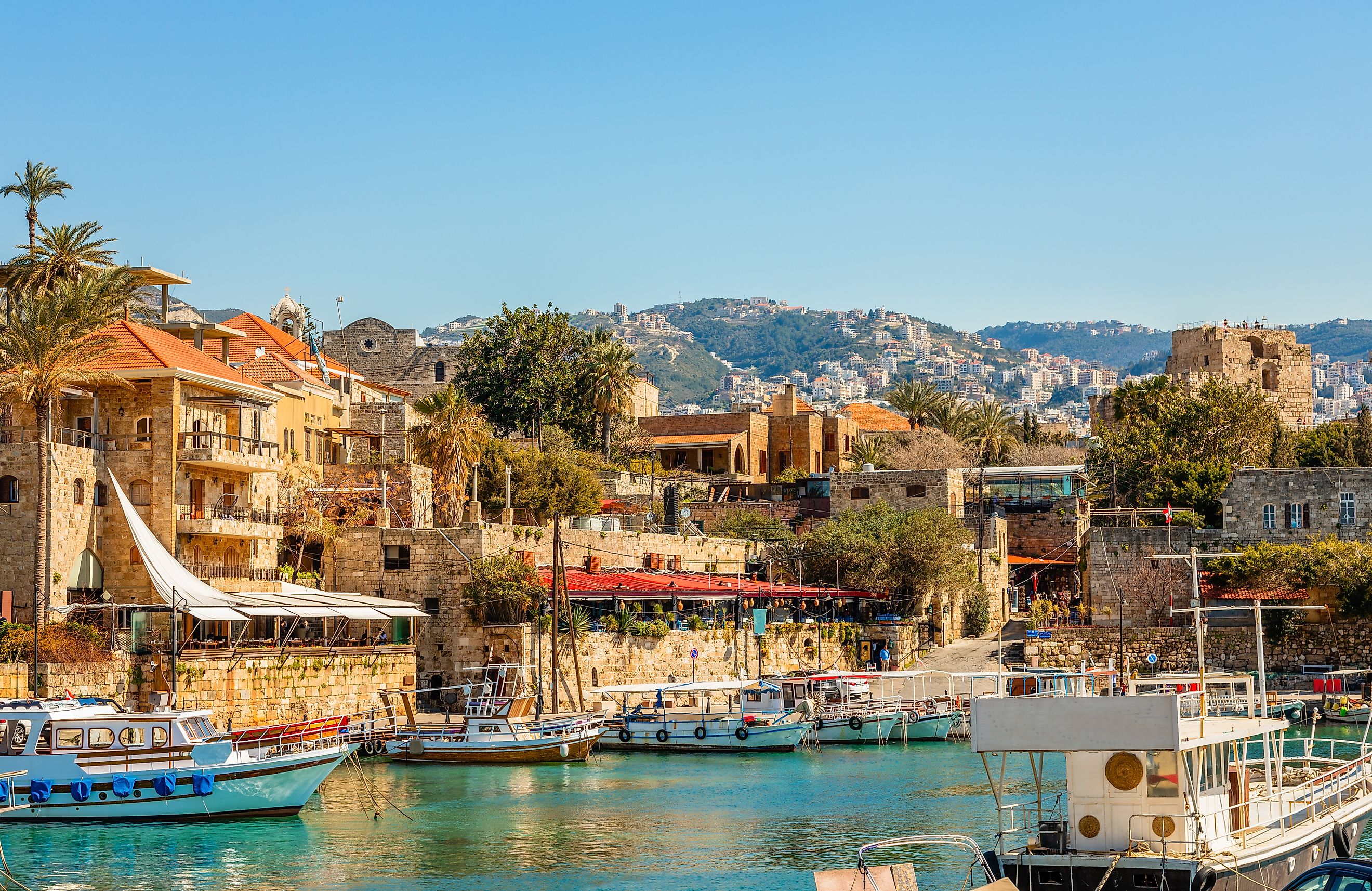
The World's Longest Continuously Inhabited City
Walking around the Lebanese city of Byblos is like taking a stroll through human history. This bustling coastal town, north of Beirut, is one of the oldest in the world and the longest continually inhabited settlement on earth. Dating back to Neolithic times, Byblos is a city that knows how to reinvent itself. Over the centuries, the ancient seaport has taken on many different names, cultures, and industries. From its origins as a Stone Age fishing village to its modern-day guise as a thriving tourist destination, Byblos has changed with the times while shaping the progress of civilization.
The Early Origins of Byblos
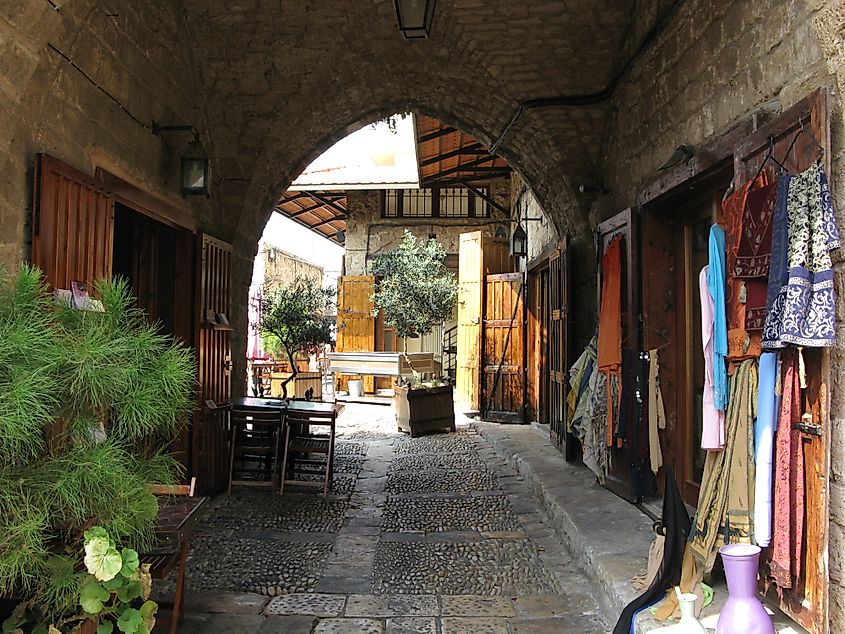
The story of Byblos begins in the Neolithic era when the town was a tiny fishing village, eking out a living on the shores of the Mediterranean Sea. At this time, Byblos was known as Gubal or Gebal, and it occupied the area formerly known as Canaan (now the coast of Lebanon). The fishing was good, and so was the timber. The Lebanon cedars were a highly prized commodity and helped turn the new settlement into a busy trade hub by 3000 BCE. Egypt, in particular, was eager to trade with Byblos, and as commerce boomed, the city took more than just Egyptian wealth; it also picked up its culture. Byblos even features in Egyptian mythology as the gravesite of the god Osiris whose body was put there by his sister Isis. Egypt later occupied Byblos, claiming the coast of Canaan for its rapidly growing empire.
Phoenician Times and Greek Influence
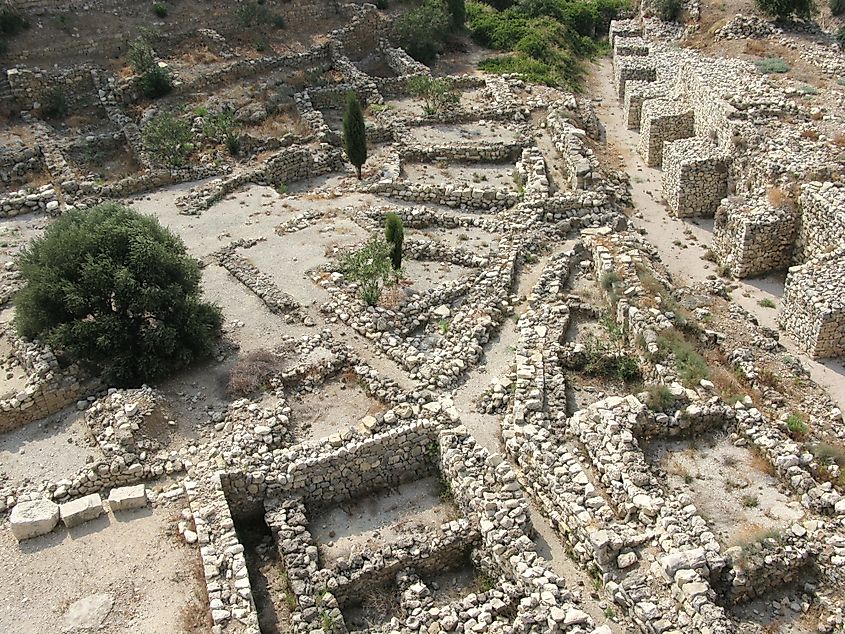
Now an industrious port, Byblos helped shape the history of seafaring in the Mediterranean and became an important center of Phoenician trade and culture. Around 1200 BCE, scribes in the city developed a new alphabet of 22 characters that would come to replace the written cuneiform in use at the time. The new Phoenician alphabet was widely adopted by traders who took it back to their homelands, and it became the basis for the Greek and Latin languages.
By this time, Egypt’s power was waning and the area was again in dispute. The Macedonia conqueror, Alexander the Great, came through Byblos in 332 BCE, bringing the ascendant Hellenistic culture with him. In this era, which would last until 64 BCE, that Byblos got its name — taken from the Greek word for book, biblos, and a nod to its booming papyrus industry.
From Roman Conquerors to Christian Crusaders
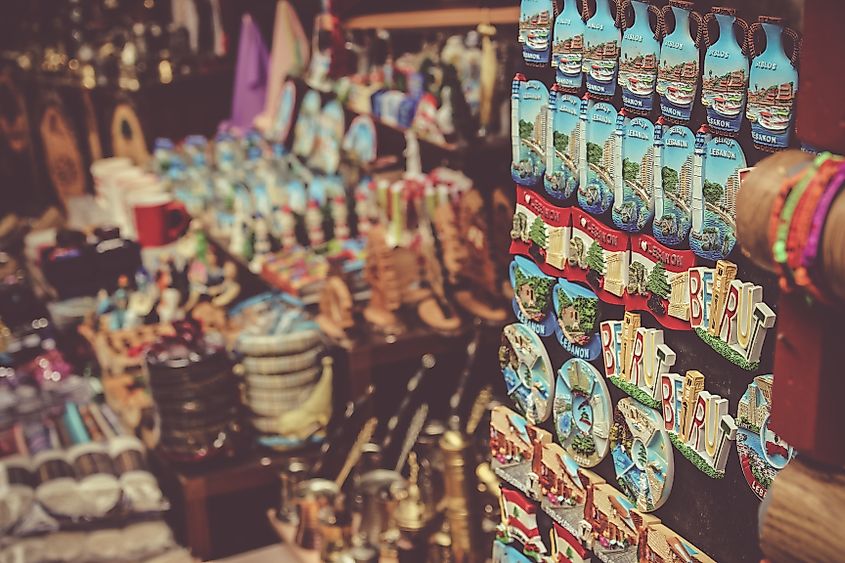
In 64 BCE, Byblos’ Hellenistic period came to a crashing end when the ambitious Roman Emperor, Pompey the Great, breezed into town. The Roman occupation would last for over four centuries and profoundly change the city. By then, Roman engineering was well-established and the empire transformed Byblos as it had other colonies, building roads, temples, baths, and other public infrastructure. After the fall of the Roman Empire, Byblos entered its Byzantine era from 395 to 637, a largely peaceful and profitable time in the city’s history. Its fortunes changed again, however, with the Arab invasion of 637. Under Muslim rule, Byblos, now known as Jbail, was relatively neglected. Infrastructure wasn’t maintained, trade decreased, and the formerly wealthy seaport languished, making it an easy target for Christian forces during the First Crusade. Crusaders captured the city and built a massive fortress that’s still a local landmark today.
Unearthing History
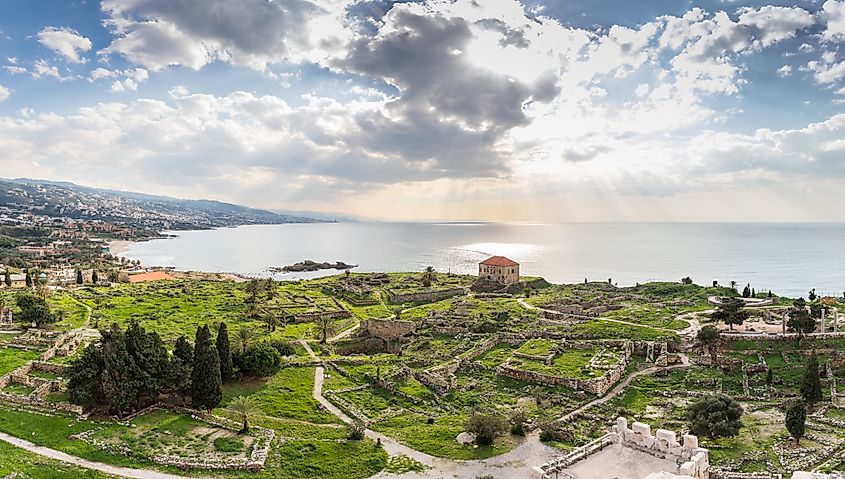
The Crusaders were eventually driven out of Byblos and the town entered a relatively unremarkable period in its long history. Its historical significance wasn’t brought to light until a curious Frenchman named Ernest Renan put it back on the map. Renan was a historian with a passion for all things Phoenician. His hunt for traces of the ancient civilisation led him to Byblos in 1860 where he conducted a survey of the town and surrounding area. While Renan’s work didn’t uncover as much as he’d hoped, his survey paved the way for subsequent excavations which would make archaeological history.
In the 1920s through to the 1970s, historians Pierre Montent and Maurice Dunand continued Renan’s work, unearthing Crusader fortifications, a Roman colonnade and theater, Phoenician defenses, a necropolis, and the foundations of Neolithic homes. Many of the artifacts discovered during this period are now on display at the National Museum in Beirut. These incredible discoveries led to Byblos being designated a UNESCO World Heritage Site in 1984.
Exploring Byblos’ Historic Sites
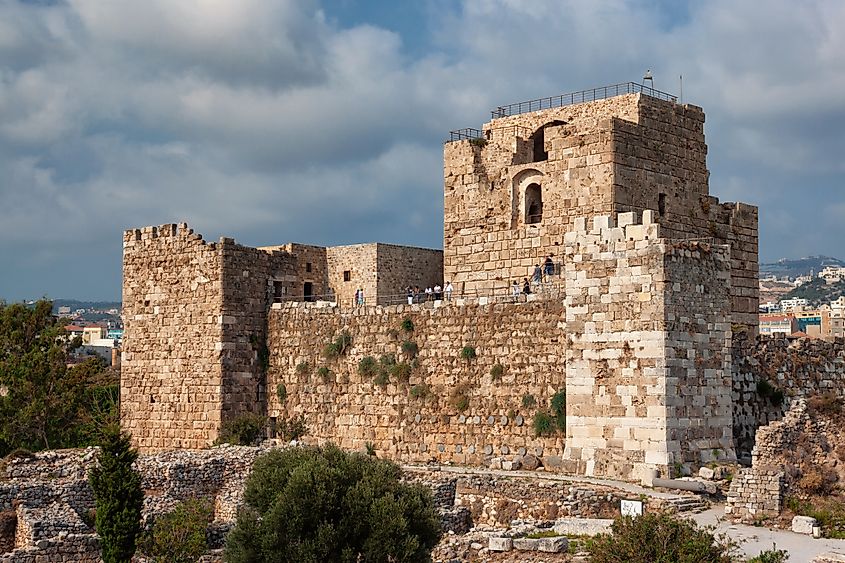
Now better known by its Arabic name, Jbeil, Byblos is a seaside tourist town proudly displaying the fascinating landmarks of its tumultuous past. Visit Byblos today, and you’ll see vestiges of its many previous occupants throughout the town.
The top attraction for most visitors is the Crusader Castle. The well-preserved remains of this 12th century fortification are open to the public who are welcome to explore the central tower, corner towns, keep, and dungeon. Nearby are some stunning examples of Roman architecture, including elegant colonnades and a paved courtyard, as well as Neolithic, Phoenician and Egyptian ruins including the remains of stone age walls, temples, and tombs.
Another must-see stop in Byblos is the stunning St John Mark Cathedral, built in 1115 by the Crusaders for the town’s first Christian community. The building has undergone significant restoration efforts throughout the years and is now a beautifully preserved example of Byzantine, Roman, and early Christian design.
Birthplace of the alphabet, center of ancient trade, and battleground of bygone civilizations, it’s hard to overstate the historical importance of Byblos. One of the most visited cities in Lebanon, it’s home to around 25,000 residents and relies heavily on its main industries of tourism, banking, and agriculture. The town came through the Lebanese Civil War largely unscathed, underlining its cultural and historical importance as one of the few places in the country with well-preserved historic sites. Climb the high tower of the Crusader Castle and you can look out over 7,000 years of history. This is a town that has proved its resilience over the centuries, surviving the rise and fall of empires to become one of the most fascinating — and oldest — destinations in the world.











